Introducing Japan’s Sake Breweries
About KIRISHIMA SHUZO (Miyazaki)
Kirishima Shuzo is a brewing company based in Miyazaki, a prefecture located in Kyushu, Japan’s southernmost main island.
Brewery Newsletter from KIRISHIMA SHUZO
Japan’s No. 1 Best-Selling Shochu Brewing Company
KIRISHIMA SHUZO is most well-known for brewing shochu, a type of distilled liquor that Japanese people have been enjoying for over 400 years. Just like nihonshu, shochu is a popular alcoholic beverage that you can find anywhere in Japan.
We have two flagship products: Kuro Kirishima and Aka Kirishima, which have been affectionately nicknamed “Kurokiri” and “Akakiri” by shochu fans. Owing to our patrons’ tremendous support, we became Japan’s top-selling shochu brewing company in 2020.
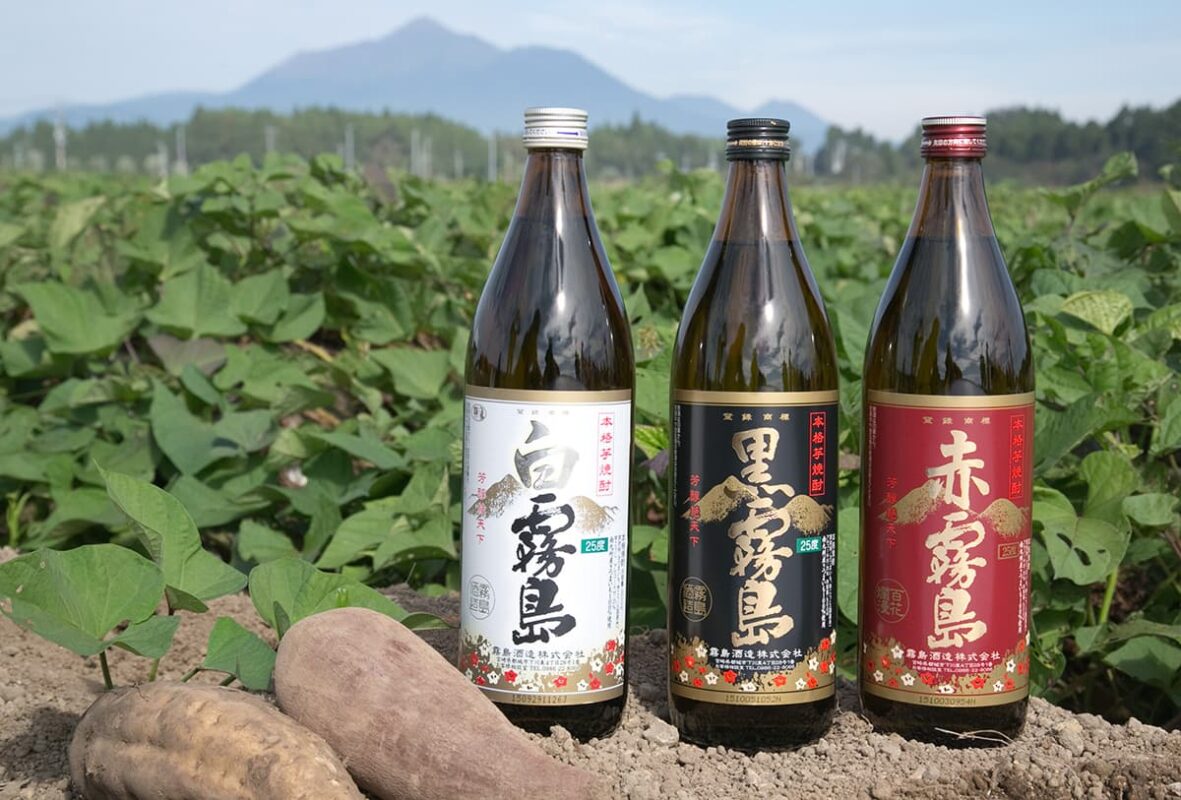
The History of Shochu
Kyushu is a region with hot, humid summers and mild winters. This climate is not suitable for brewing nihonshu because nihonshu is a type of *jozoshu, so its quality deteriorates easily when exposed to warm temperatures.
On the other hand, shochu, which does not deteriorate as easily, became popular in the Kyushu region. Shochu is a distilled liquor; when distillation technology first arrived in Japan, brewers made shochu using rice, millet, and yellow koji (rice malt). Later on, satsuma-imo (Japanese sweet potatoes) were brought to Japan from China through the Ryukyu islands, where it flourished in south Kyushu’s well-draining white pumiceous soil. As shochu brewers took advantage of this new agricultural breakthrough, satsuma-imo became a crucial shochu ingredient.
Time passed, brewing techniques improved, and customers demanded new shochu with new flavours. Brewers rose to the challenge, using local ingredients to create several kinds of unique-tasting shochu. Because of their endeavors, today’s Kyushu-brewed shochu owes its flavour to a variety of ingredients such as satsuma-imo, rice, wheat, and Japanese buckwheat.
* Jozoshu is a Japanese term for the category of liquor that is brewed by using yeast to drive the alcohol fermentation process. Beer, wine, and nihonshu are all examples of jozoshu. All alcoholic beverages belong to one of three categories: jozoshu, joryushu (distilled liquor), or konzeishu (alcohol combined with sugar, spices, or fruits).
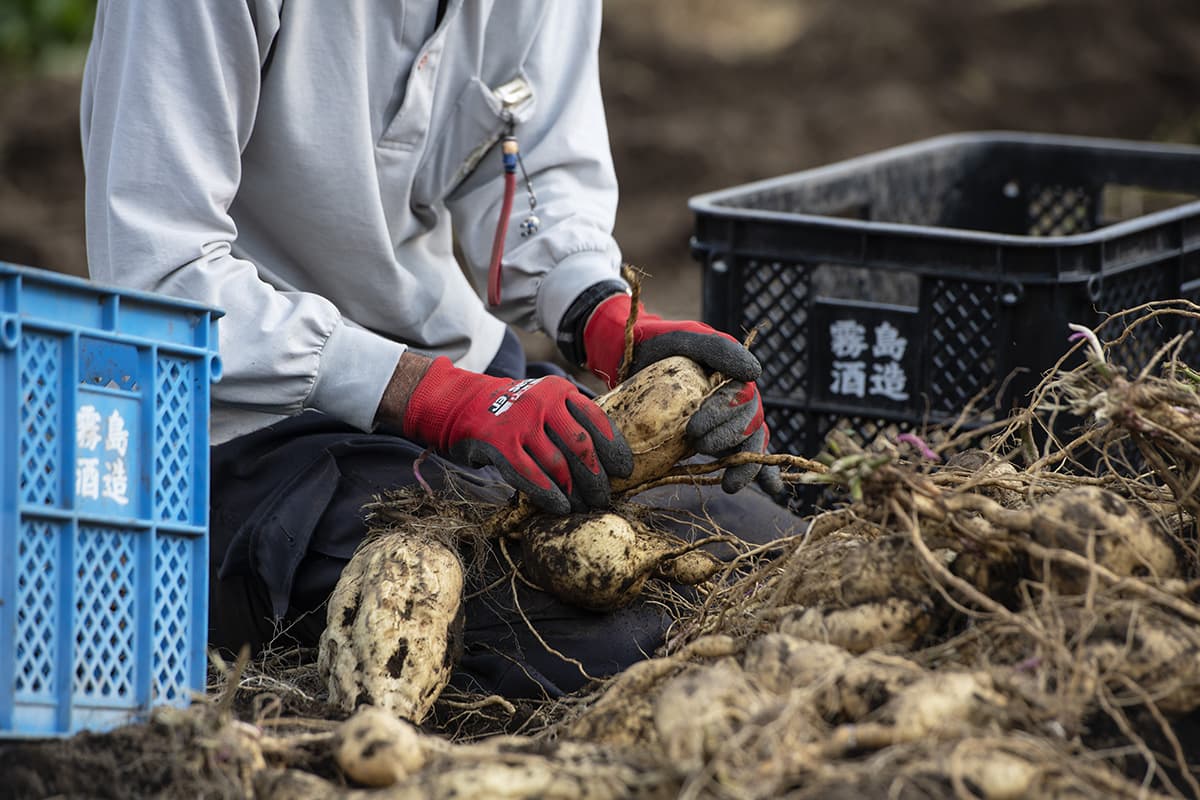
Never Settle for Less: Our Commitment to 100% Local Ingredients
At Kirishima Shuzo, we understand that it would be impossible to brew delicious shochu if our home was not so blessed with natural resources. 100% of the satsuma-imo that we use to brew our shochu are Kyushu-grown, and we only use fresh satsuma-imo that has been out of the ground for less than 3 days because stale ingredients create off-tastes in the shochu.
We are also selective about the kinds of satsuma-imo we use. For our Kuro Kirishima shochu, we use a species called Kogane Sengan; this gold-white sweet potato is rich in starch and said to be most suited for shochu brewing. Our Aka Kirishima shochu is made with Murasaki Masari, a sweet potato known for its elegant purple color.
Moreover, our shochu would not be complete without water. Miyazaki prefecture is home to the Kirishima mountain range, which produces a special water called Kirishima Rekka-Sui. Rainwater that falls on the mountains filter through natural aquifers in the ground, forming reserves of clear, cold water in the underground fissures of the basin lands near Miyazaki castle. This water contains a moderate amount of minerals and is characterized by its pure, mellow taste.
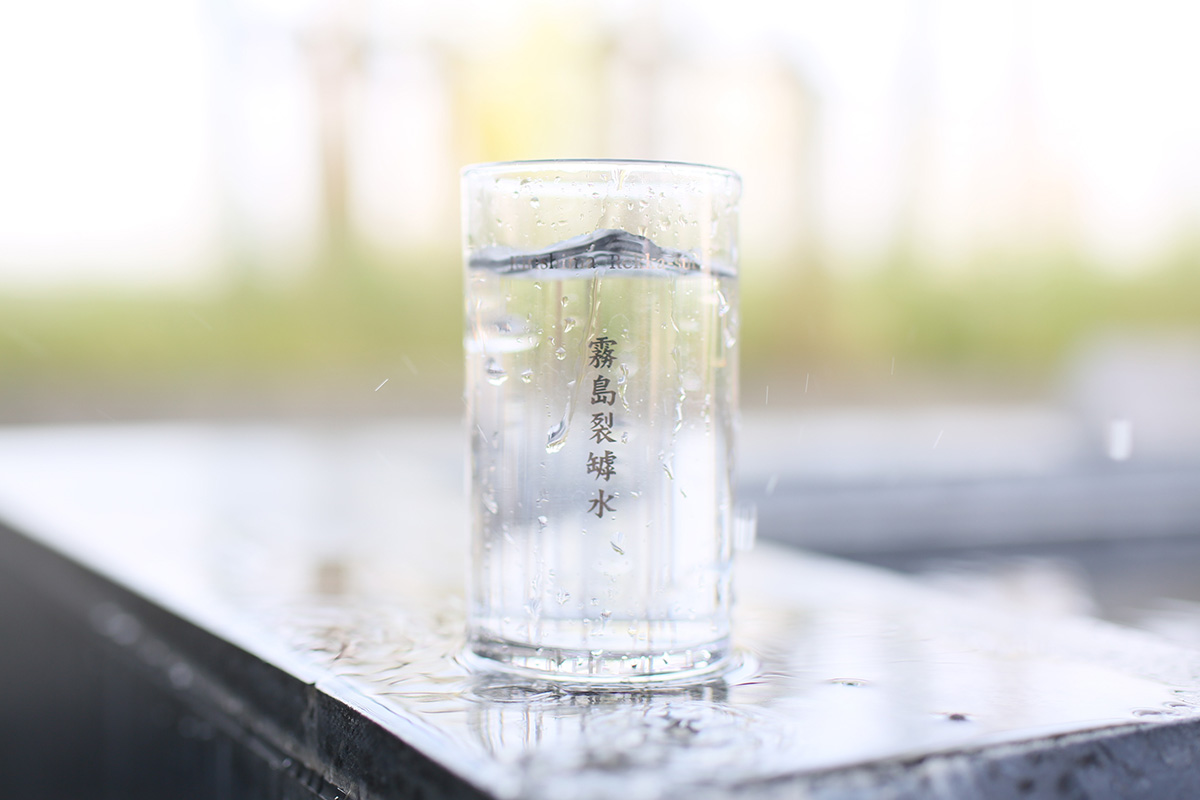
In addition, our koji is made from 100% domestically produced rice – a third of which is grown in Miyazaki prefecture. Although satsuma-imo is the main ingredient of our shochu, koji can only be made by mixing koji mold with rice. The microbes produce enzymes that convert the starch in satsuma-imo into sugar, which in turn drives the fermentation process that produces alcohol. The inconspicuous workings of koji mold and yeast are the backbone of shochu brewing. To ensure that we will always have a steady supply of these microbes, we are currently introducing drum-shaped machines that can continuously produce koji on its own. Not only does koji aid in producing the signature aromatic compounds of potato-based shochu, different kinds of koji can also yield different tasting shochu.
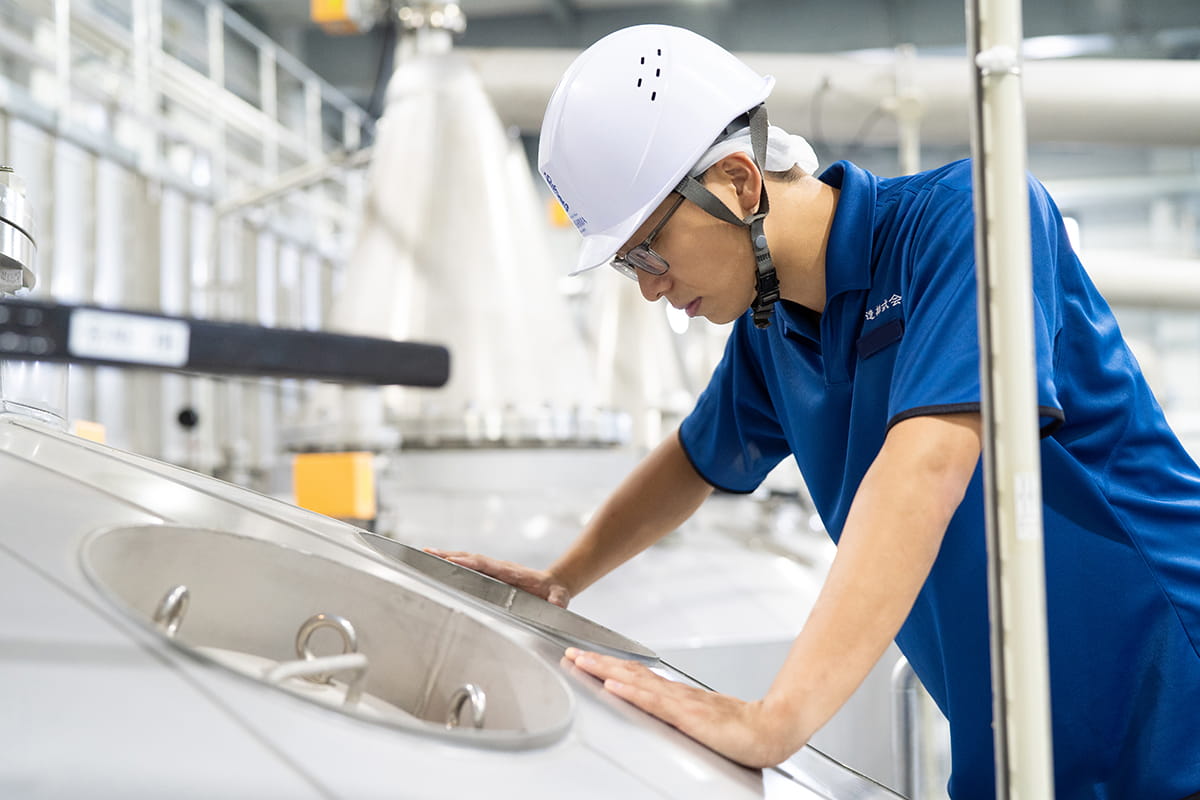
Striving for Zero Emissions
Brewing shochu produces a byproduct called shochu-kasu, which is the leftover dregs made up of bits of satsuma-imo. We have always thought of this byproduct as treasure, not trash.
In 2006, we built facilities that recycle and convert satsuma-imo waste into biogas. Since 2014, we have been engaging in many activities that put our brewing byproducts to use, such as building a power company named “Satsuma-Imo Power” that generates electricity using satsuma-imo biogas. In our shochu brewing process, we use our recycled biogas as boiler fuel or sources of electricity. In 2021, we created an electric car that runs on the electricity generated using satsuma-imo biogas.
As for the waste we create during the methane fermentation process, we carefully separate it into solids and liquids. The solids go to satsuma-imo farms in southern Kyushu, where it becomes natural compost fertilizer that feeds future batches of satsuma-imo.
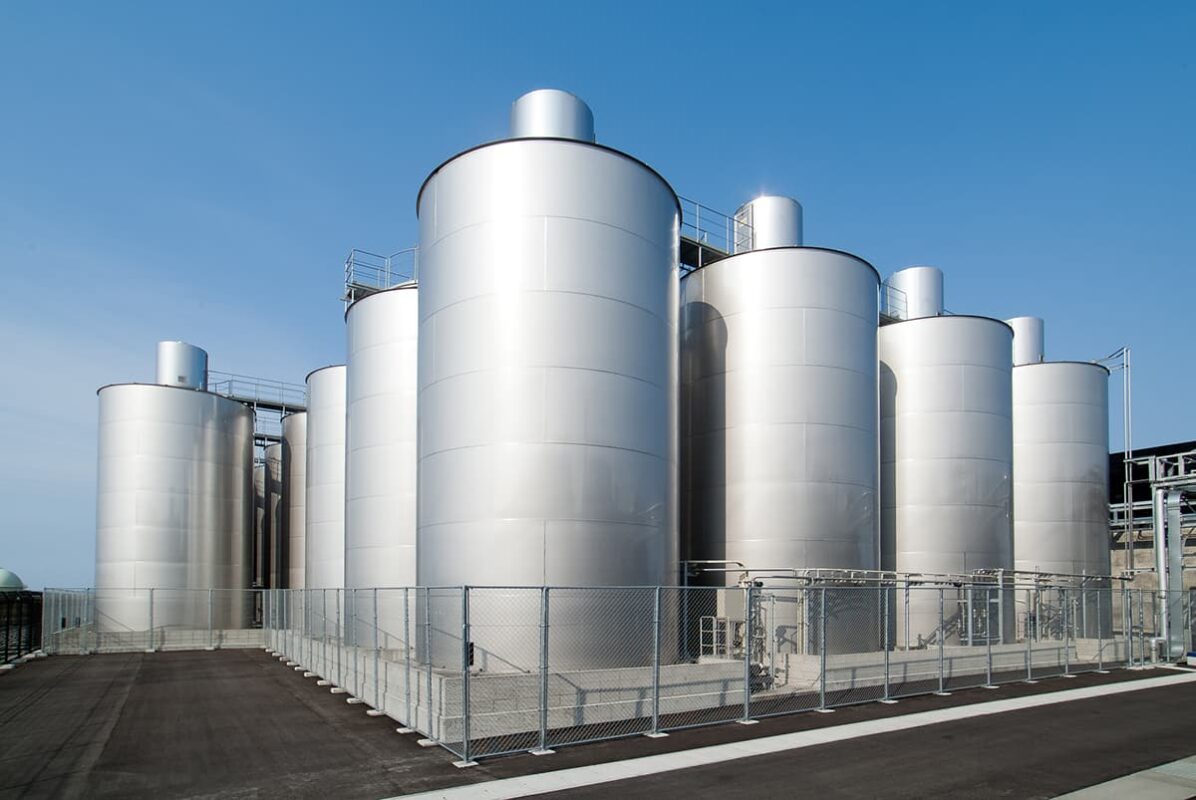

Honkaku Shochu: Zero Carbs, Zero Purine, and Low in Calories
Although it goes without saying that alcohol should be enjoyed in moderation, many people regard honkaku shochu as a relatively healthy drink compared to other types of alcoholic beverages.
Shochu is a distilled alcohol, so it does not contain the sugars and purines* of the original raw ingredients. Because of this, it contains less calories per unit of alcohol compared to non-distilled alcoholic drinks like nihonshu or wine. For people who enjoy having alcohol but are on low-calorie diets or must avoid purines for health reasons, shochu would be less detrimental to their diets than other kinds of alcoholic beverages.
*According to Japan’s food labeling laws, a beverage can be labeled as purine-free if it contains less than 0.5mg of purine in 100 milliliters.
Dareyame Culture: a Drink that Powers Tomorrow
In the Miyazaki and Kagoshima prefectures, there is a local custom of always having an alcoholic drink with one’s evening meal. This tradition is known as “dareyame” in Japanese, where dare means fatigue and yame means stop. Dareyame is a key part of Kyushu’s laid-back culture, representing the importance of de-stressing after a day’s work so that one can face the next workday with renewed vitality.
In the past, farmers warmed up their bodies with hot shochu after toiling in the fields from sunrise to sunset. Today’s workers continue the dareyame tradition after work with shochu on the rocks or mixed with hot water. In the hot Kyushu summer, locals recommend mixing shochu with carbonated water to make a cool and refreshing dareyame drink.
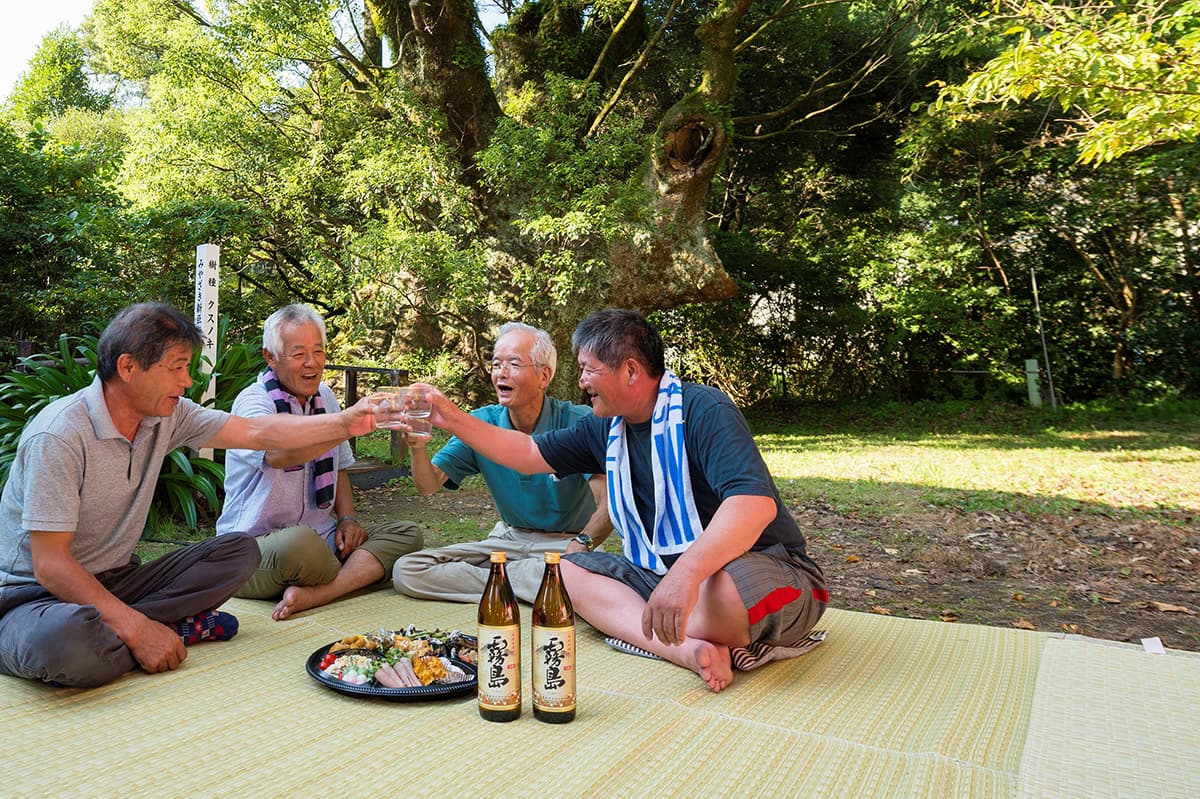
Food and Shochu– The Perfect Pair
Oceans. Mountains. Rivers.
Having been a hub for international cultural exchange and a region with abundant natural resources since old times, Kyushu is a treasure trove of food culture. The prefecture’s environment and historical background led to the birth of countless specialty dishes that locals are keen to protect and pass down to future generations. Shochu, which was created and developed hand-in-hand with this local cuisine, pairs easily with many local delicacies.
We sincerely hope that you will visit us in Kyushu to have a glass of shochu served the way you like, paired with the finest of meals and enjoyed with cherished friends and family. After all, there is no experience quite like it.
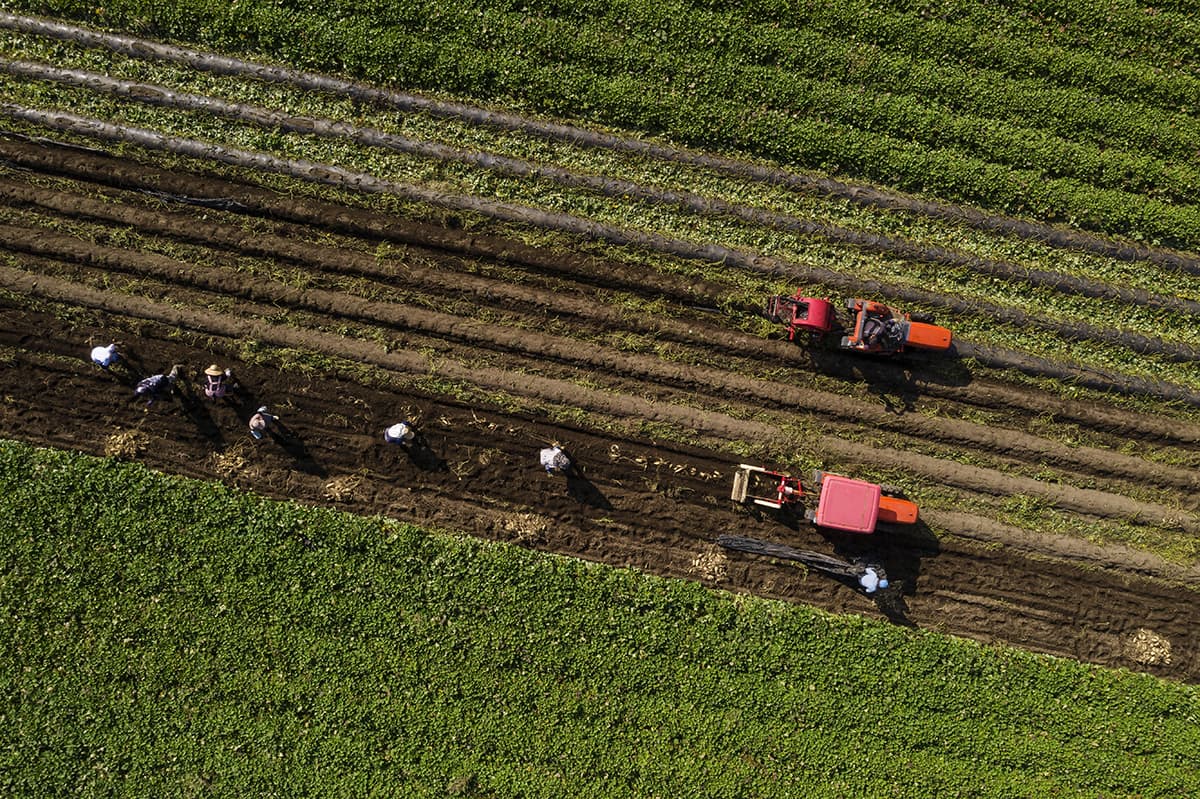
KIRISHIMA PRODUCTS
Kirishima
Kirishima
Kirishima
Kirishima
Know more about the brewery
Kirishima Shuzo is most well-known for brewing shochu, a type of distilled liquor that Japanese people have been enjoying for over 400 years.


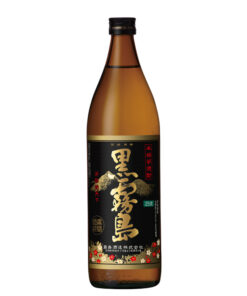
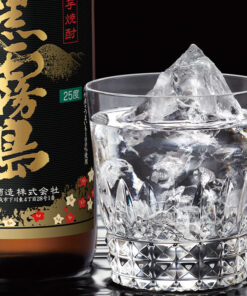
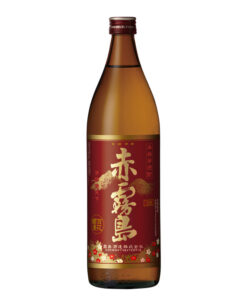
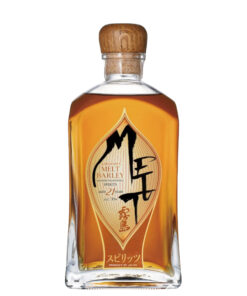
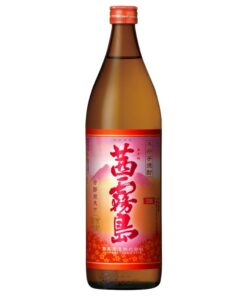
RECOMMENDED ARTICLES
SAKE & FOOD PAIRING
Pairing SAKE with Chocolate?
Information Pick Up SAKE
CHOYA’s Gold Edition Umeshu has Finally Arrived in Canada!
SAKE & RESTAURANT
Guu Davie
Sake article kanpai!
Sake Fest Vancouver 2017